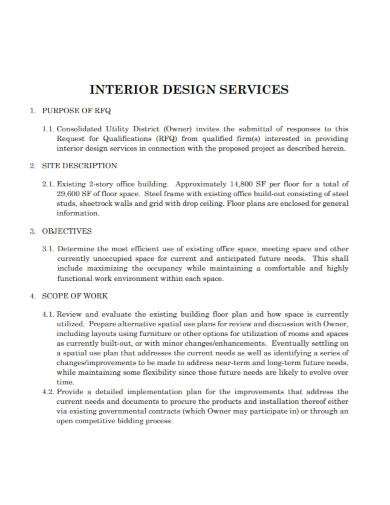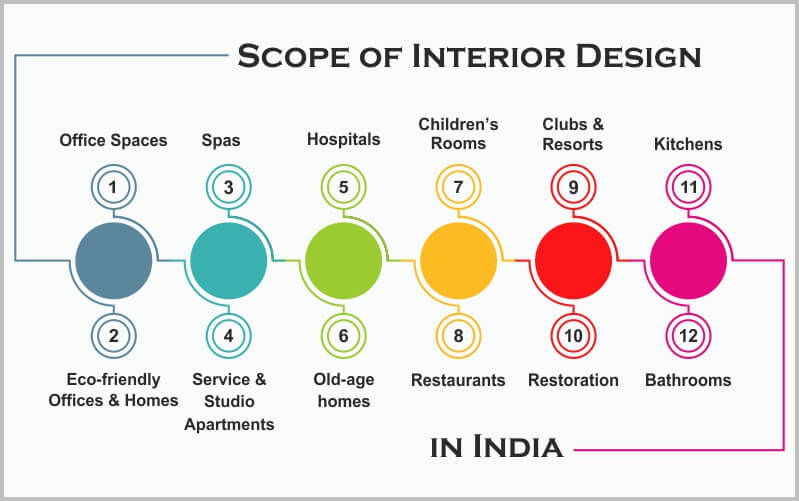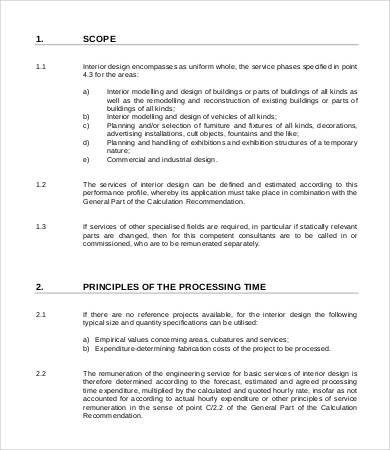What is the Scope of Work in Interior Design?
The scope of work for interior design refers to the detailed description of tasks, responsibilities, and deliverables required throughout the design process. It serves as a blueprint for both the interior designer and the client, ensuring that all expectations are clear and aligned from the outset. In my years of experience in the interior design field, I’ve seen how a well-defined scope can streamline the project and lead to exceptional results.
Why is Defining the Scope of Work Important?
A comprehensive scope of work is crucial for several reasons:
- Clarity: Ensures both parties understand their roles.
- Budget Management: Helps in maintaining the budget by detailing costs upfront.
- Time Management: Keeps the project on track with deadlines and milestones.
- Quality Assurance: Sets standards for the quality of work expected.
Phases of Interior Design Scope of Work
The interior design process can be broken down into several key phases, each with its own distinct tasks and responsibilities.
1. Pre-Design Phase
During this initial phase, the designer gathers information about the client’s needs, preferences, and the specific requirements of the space. Key tasks include:
- Client interviews and questionnaires
- Site measurements and assessments
- Research on local building codes and regulations
2. Concept Development
Once the necessary information has been gathered, concept development begins. This includes creating mood boards and sketches to visually communicate design ideas. Key tasks include:
- Creating initial design concepts
- Selection of color palettes and materials
- Presenting design concepts to the client for feedback

3. Design Development
In this phase, the selected concepts are further developed into detailed designs. It involves:
- Creating detailed floor plans and layouts
- Specifications for furniture, fixtures, and materials
- Coordination with other professionals such as architects and contractors
4. Documentation Phase
After the design development is complete, detailed documentation is created to guide the execution of the project. Key tasks include:
- Preparing construction documents
- Finalizing material selections and finishes
- Developing lighting and electrical plans

5. Implementation Phase
This phase involves the actual execution of the design. It includes:
- Monitoring construction progress
- Coordinating with contractors and vendors
- Ensuring that installations are completed as per design specifications
6. Final Review and Project Handover
Once the design is implemented, a final review is conducted with the client. Tasks in this phase include:
- Conducting final walkthroughs
- Addressing any last-minute changes or issues
- Providing a project completion report

Key Components of the Scope of Work
Each phase of work includes several critical components, including:
Project Objectives
Clearly defined objectives help guide the design and ensure that the project aligns with the client’s vision.

Deliverables
This includes all documents, plans, and materials that the designer is expected to provide to the client throughout the project.
Timeline
A timeline that outlines key milestones ensures that the project remains on track and deadlines are met.

Budget and Pricing
Details about the overall budget, including costs associated with materials, labor, and any potential contingencies.
Comparing Different Approaches to Interior Design
There are various approaches to interior design, and understanding their differences can be beneficial in choosing the right path for your project.
| Design Approach | Description | Pros | Cons |
|---|---|---|---|
| Full-Service Design | Comprehensive management of the project from concept to completion. | – High-quality results – Less stress for the client |
– Higher costs – Longer timelines |
| Consultation-Only | Consultation services where the designer advises on design choices. | – Lower cost – Flexibility for the client |
– Limited oversight – Requires more involvement from the client |
| DIY Design | Clients manage the project using resources provided by the designer. | – Cost-effective – Empowering for the client |
– Time-consuming – Potential for inconsistent results |

Pros and Cons of a Comprehensive Scope of Work
As with any approach in interior design, defining a comprehensive scope of work comes with its own set of advantages and disadvantages.
Pros
- Enhanced communication between the designer and client.
- Clear expectations lead to greater satisfaction.
- Improved project efficiency and management.

Cons
- Time-consuming to develop.
- Requires a detailed understanding of the project from both parties.
- May limit flexibility if changes are needed later.
Common Challenges in Defining the Scope of Work
Even with the best intentions, challenges can arise when defining the scope of work:
1. Miscommunication
Misunderstandings between the client and designer can lead to conflicts and dissatisfaction with the final outcome.
2. Scope Creep
Uncontrolled changes or continuous enhancements can inflate budgets and timelines.
3. Lack of Clarity
Vague descriptions can lead to confusion and unmet expectations.
Best Practices for Defining the Scope of Work
To mitigate challenges and create a successful scope of work, consider implementing these best practices:
- Engage in Active Communication: Regularly discuss the progress and changes with the client.
- Document Everything: Keep detailed records of all communications and agreements.
- Be Flexible: Be prepared to adapt the scope as the project evolves.
Frequently Asked Questions (FAQs)
What does a typical interior design scope of work include?
A typical scope of work includes project objectives, deliverables, timelines, budget details, and specific tasks associated with each phase of the design process.
How can I ensure my interior design project stays within budget?
Start with a detailed budget in your scope of work, and include contingencies for unforeseen costs. Regularly monitor expenses as the project progresses.
How often should I communicate with my interior designer?
Maintaining regular communication is key. Weekly or bi-weekly updates can help ensure that everyone is aligned and any issues are addressed promptly.
What should I do if I want to make changes to the scope of work?
Communicate openly with your designer to discuss possible adjustments. A good designer will be prepared to accommodate reasonable changes, considering the impact on the budget and timeline.